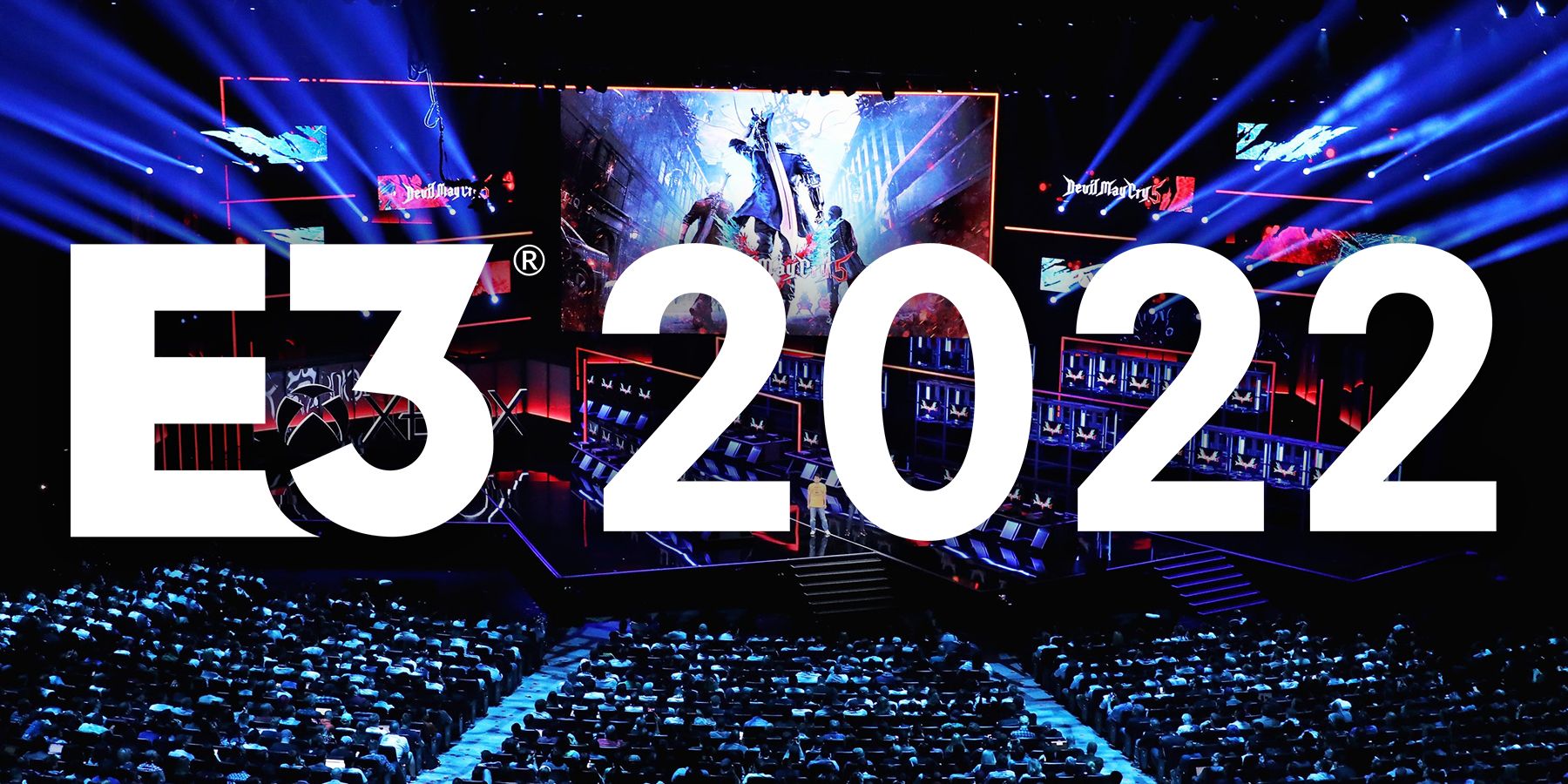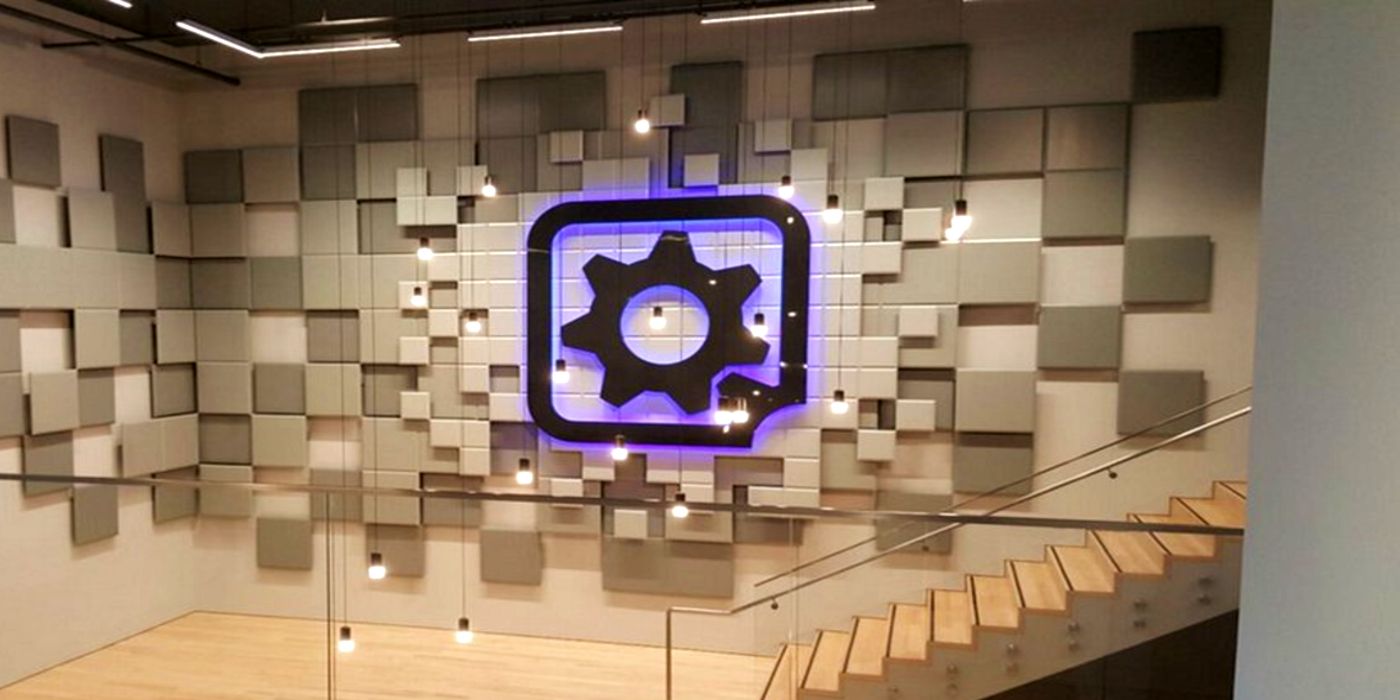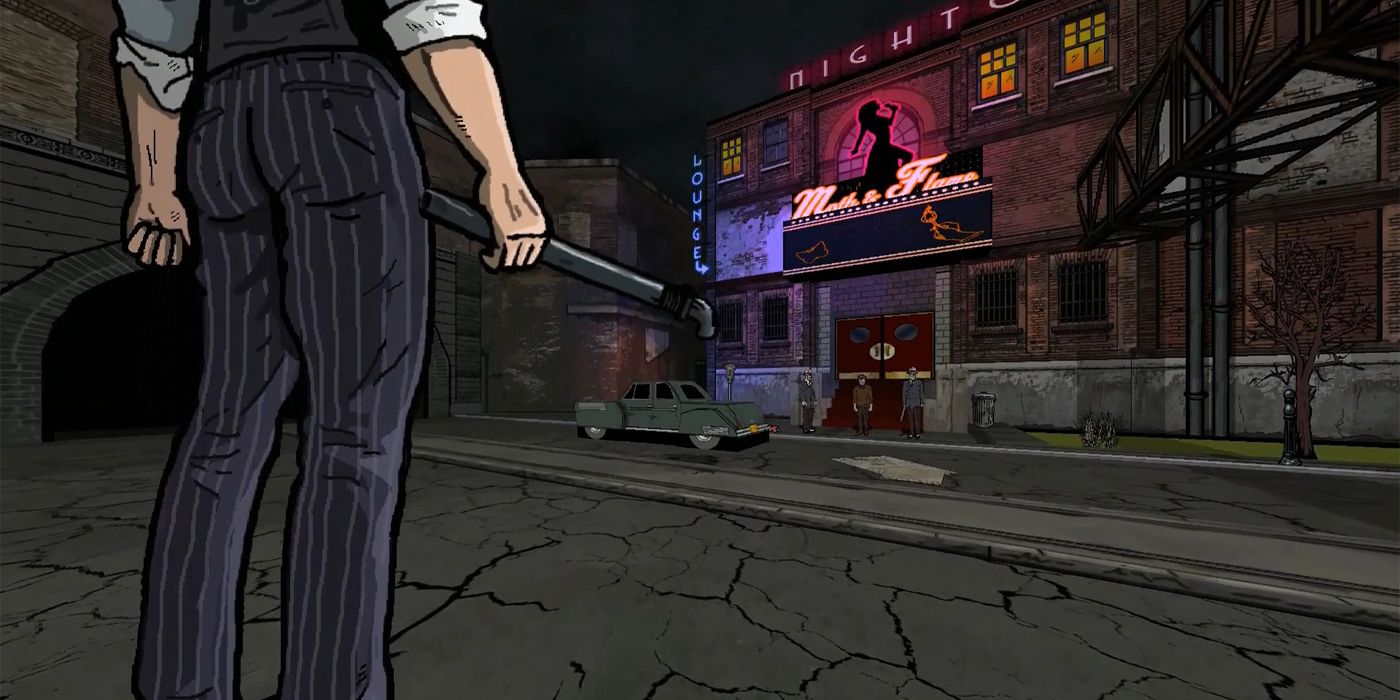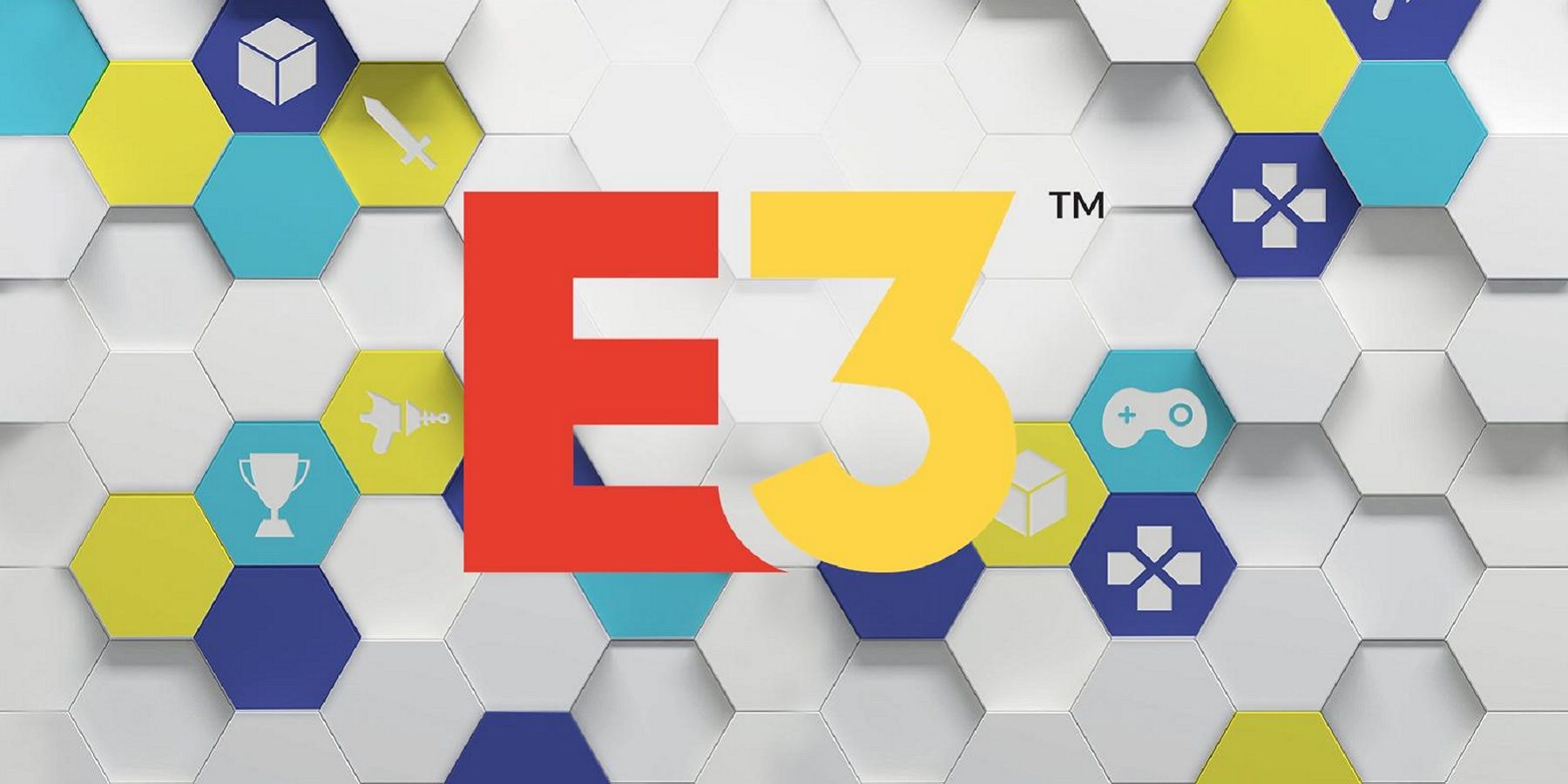Gaming reveals and announcements used to involve a lot more physical preparation, often involving the pomp and circumstance of in-person events at industry trade shows like CES or Gamescom. Of course, the biggest example for the video game industry was E3, though the importance of the iconic industry trade show has lessened in the last decade compared to the early 2000s. Especially with the widespread adoption of high speed internet, most publishers, developers, and indie studios are opting for independent marketing efforts, which in turn has made the necessity of E3 and the once-lucrative media coverage stemming from the event less important to companies.
In a vacuum, E3 is still a very important collective event for the gaming industry to come together and explore what's coming in the future for the video game medium. However, given the expenses publishers and developers would have to shell out for floor space at the convention yearly, companies as big as PlayStation itself decided the cost was not worth the reward. Many have followed suit, even in the wake of the COVID-19 pandemic, as developers/publishers have opted for independent marketing campaigns instead. That being said, E3 can be a good foundation for assembling together the biggest gaming news of the summer, but it's got some hurdles to overcome.
Improving Showcase Curation At E3 2022
Even if the purpose isn't inherently to entertain players, the viewer experience for E3 needs to be restructured; from both the ESA's perspective, as well as through efforts from developers/publishers. The most important aspect of this is adjusting showcases and schedules to avoid content that effectively amounts to filler, as well as managing length. Prime examples from E3 last year were Gearbox's showcase and Take-Two Interactive's panel. Gearbox spent a majority of its air time focused on Randy Pitchford "roaming" around the set of the Borderlands movie in production, while the Take-Two Interactive panel on diversity was not presented in the proper context.
Generally speaking, it's on the publishers and developers to create compelling showcases and reveals, but in the end, it's still up to the ESA to curate the show throughout the week. Undoubtedly, the COVID-19 pandemic threw a wrench into every company's plans, but that's no excuse for replacing presentation time with things like replayed trailers or what effectively amounted to a Zoom call.
In the case of Gearbox, none of the trailers aside from a Godfall PS4 port were brand new, which means there was very little gaming substance during what was supposed to be the Gearbox E3 showcase. Even aside from the trailer content, Randy Pitchford's "candid" moments on the set of the Borderlands movie didn't even amount to a trailer for the film itself; just silhouetted shots of characters on set.
In the case of Take-Two Interactive, there wasn't a single game trailer shown. Instead, the publisher's showcase was for a diversity in gaming and corporate responsibility panel, which in and of itself is admirable. However, utilizing that content as the main E3 offering for the publisher was not the right call, as many viewers were expecting teases and/or game reveals (of which there were none), even if Take-Two Interactive had attempted to set expectations beforehand. There's a time and place, as well as a method of delivery, for sensitive topics like diversity and inclusion in the gaming space. 45 minutes on the E3 main stage won't be that place, despite the good intentions.
Showcases and panels like these are what often instigates conversations on when a showcase is necessary, or whether or not there's enough reveals and/or announcements to warrant space in the show. From the publisher perspective, showcases need to have expectations laid out early and in a straightforward manner. From the perspective of the ESA, it's up to the show organizers to curate a show that covers its bases while still remaining well-paced and relatively entertaining. Obviously E3 is a trade show, and isn't inherently a consumer-focused product, but the lack of concise and significant content only makes the show worse for all involved.
Carving A Better Space For Indie Games At E3 2022
Another more complex issue surrounding E3 in the context of COVID-19 is the void of potential exposure that indie games and smaller projects can no longer occupy. Used to be that indie projects and smaller publishers would be able to book out floor space on the E3 show floor and gain recognition through word of mouth and independent reporting. Now, with the constant struggle of exposure in an online landscape, it's much more difficult for developers and even some publishers to gather attention on upcoming games. While other separate summer showcases give indie games a spotlight, E3 should carve out more of a space for indie projects as well.
Luckily the indie space is generally pretty good about elevating games that deserve the spotlight and recognition, as is mainstream media in some cases, but E3's offering is comparatively lacking. That doesn't necessarily mean that the ESA needs to arrange a new showcase, as E3's 20-minute indie game showcase did introduce players to exciting new projects like Fallen Aces and Larcenauts. However, a digital alternative to the E3 show floor would certainly work to assist the many indie developers and smaller publishers. Something like an indie games "portal" on the ESA's website would be great for exposure, especially with proper marketing and presentation.
E3 Is Not The Same As It Once Was
The overall reality is that E3 as it used to be known previously is largely gone, even if issues like the COVID-19 pandemic go away and in-person events can happen again. While the opinions on E3 being irrelevant may be a bit extreme, they are not unfounded criticisms, as the ESA's trade show was struggling with relevancy even before being forced to present online-only. The ESA definitely needs to hone in on the curation aspect of the show, especially in the wake of this year's show. Moments like the Gearbox and Take-Two Interactive showcases need to be avoided this year, as showcases with plenty of filler or mismanaged expectations are not good for the show.
As cliche as it is, the main show does need to focus more specifically on games. There are spaces for panels, developer interviews, and other gaming-adjacent content, but they should either be concise and not interrupting the flow of the show, or implemented in a more appropriate context. Beyond that, the show needs to invest in uplifting indie games as much as it does emphasize AAA gaming. The existing E3 indie games showcase is solid, but not substantive enough in comparison to what the E3 show floor once offered. While there are other aspects of the show that should improve, these are the main pain points of an online E3 showcase in 2022.




